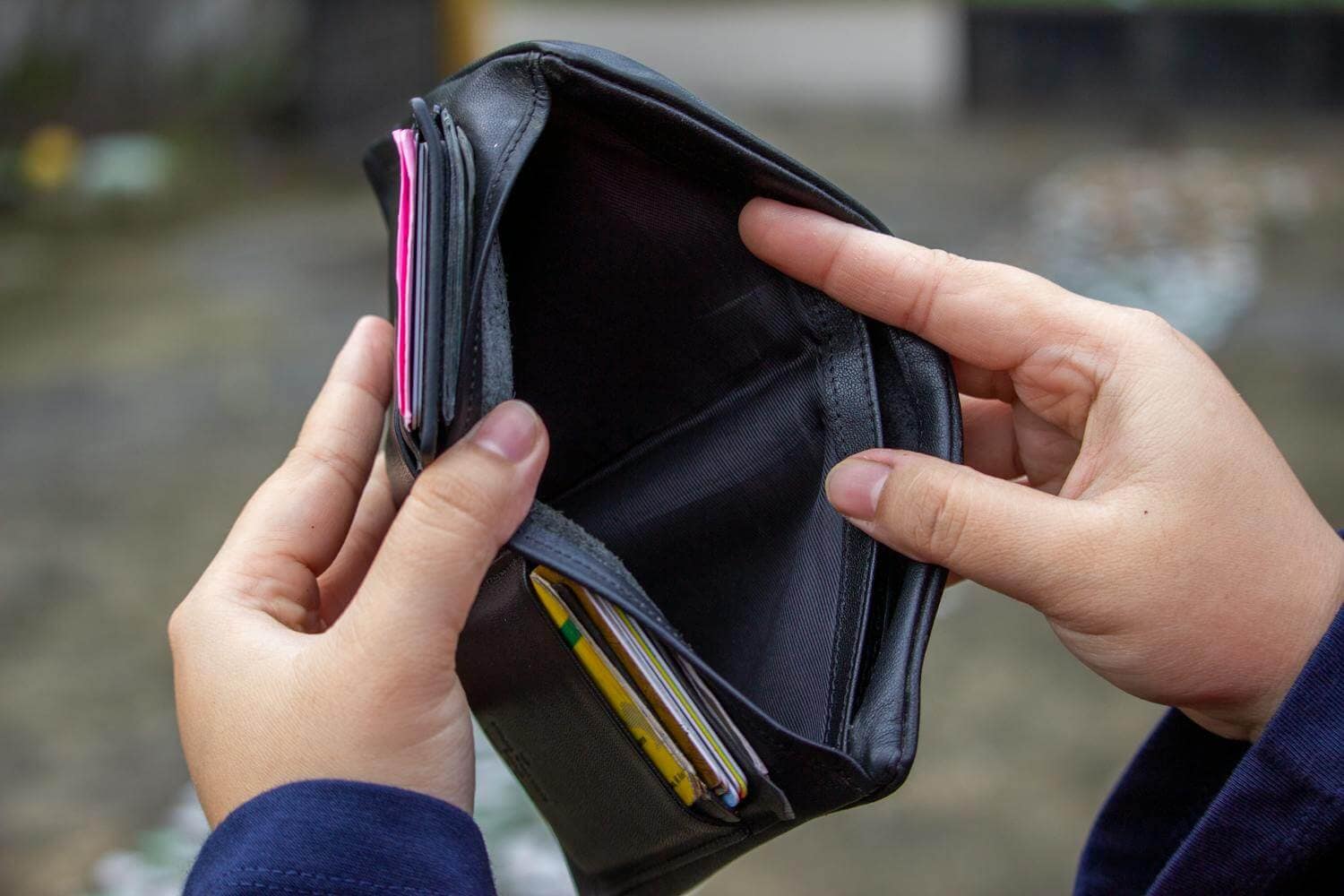When an individual faces bankruptcy, the fate of property owned jointly becomes a complex issue that requires careful navigation.
In Australia, when an individual declares bankruptcy, the management of jointly owned property is subject to clear laws and procedures designed to fairly address the rights and interests of all parties involved.
Under the June 2025 reforms, courts must now consider liabilities and the economic impact of family violence when determining property division. This is especially relevant when one party is bankrupt, as financial misconduct or recklessness may influence the outcome.
This article examines the treatment of jointly owned property in the event of bankruptcy, providing an overview of the legal framework, possible outcomes, and approaches for handling such scenarios.
Table of Contents
ToggleUnderstanding Bankruptcy Joint Property
Bankruptcy impacts not only the person declaring it but also co-owners of joint property. Assets like the family home, investment properties, or any real estate are included in the bankruptcy estate to the degree of the bankrupt person’s ownership share.
This situation presents a unique set of challenges and considerations for the non-bankrupt co-owner(s).
Under Australian bankruptcy law, the trustee in bankruptcy has the power to sell the bankrupt individual’s interest in jointly owned property to satisfy creditors’ claims.
This process involves identifying and valuing the bankrupt’s share, which may then be sold separately or require the sale of the entire property if a partition is not feasible.
Also read: Can My Estranged Husband Use Our Combined Bank Account
Options for Co-Owners of Joint Property in Bankruptcy
Co-owners have several options to protect their interests when faced with the bankruptcy of a partner. These include buying out the bankrupt’s share, agreeing on an alternative settlement with the trustee, or, in some cases, challenging the trustee’s decision if there is a dispute over the property’s value or ownership.
🔑 Key Takeaway: Co-owners should explore all options, such as buying out the bankrupt’s share or negotiating with the trustee to protect their interests.
Also read: Who Is Liable for the Mortgage During a Separation
Strategies for Managing Joint Property in Bankruptcy
In dealing with bankruptcy and protecting jointly owned property, it’s crucial to follow a structured and legally informed plan: Here’s a streamlined approach:
- Seek Legal Advice Early: Engage a professional early to explore your legal options.
- Restructure Ownership: If possible, legally adjust ownership shares before bankruptcy to safeguard assets.
- Negotiate with Creditors: Work towards a settlement that avoids asset liquidation.
- Buy Out the Bankrupt’s Share: Consider buying out the bankrupt individual’s share may preserve the property.
- Challenge Valuations and Decisions: Use legal avenues to dispute property assessments and trustee actions.
- Explore Bankruptcy Alternatives: Look into debt agreements or refinancing as potential solutions.
- Understand Tax Consequences: Any property ownership or sale change can have tax implications.
- Financial Planning: Develop a plan that addresses both immediate and future financial health.
🔑 Key Takeaway: Effective management of joint property during bankruptcy involves a blend of preemptive restructuring, legal challenges, and financial negotiations. Seeking professional advice and taking action promptly is crucial to effectively navigating these challenges and safeguarding your assets.
Seek Legal Advice: Bankruptcy Joint Property
Issues around jointly owned property in bankruptcy are complex, requiring a nuanced understanding of the law, strategic planning, and, often, negotiation.
Individuals facing bankruptcy or those who own property jointly with someone in bankruptcy should seek specialised legal advice from property settlement lawyers to navigate these waters effectively.
The goal is to achieve an outcome that balances the rights and needs of all parties involved, including creditors, the bankrupt individual, and co-owners of the property.
🔑 Overall Key Takeaway: Navigating the treatment of joint property in bankruptcy in Australia requires careful legal strategy and advice to effectively balance the interests of creditors, bankrupt individuals, and co-owners.
Director of Melbourne Family Lawyers, Hayder manages the practice and oversees the running of all of the files in the practice. Hayder has an astute eye for case strategy and running particularly complex matters in the family law system.






1 thought on “Bankruptcy Joint Property: 8 Helpful Strategies”
Pingback: Debts Incurred After Separation But Before Divorce? Here's What to Do | Melbourne Family Lawyers
Share this to social media